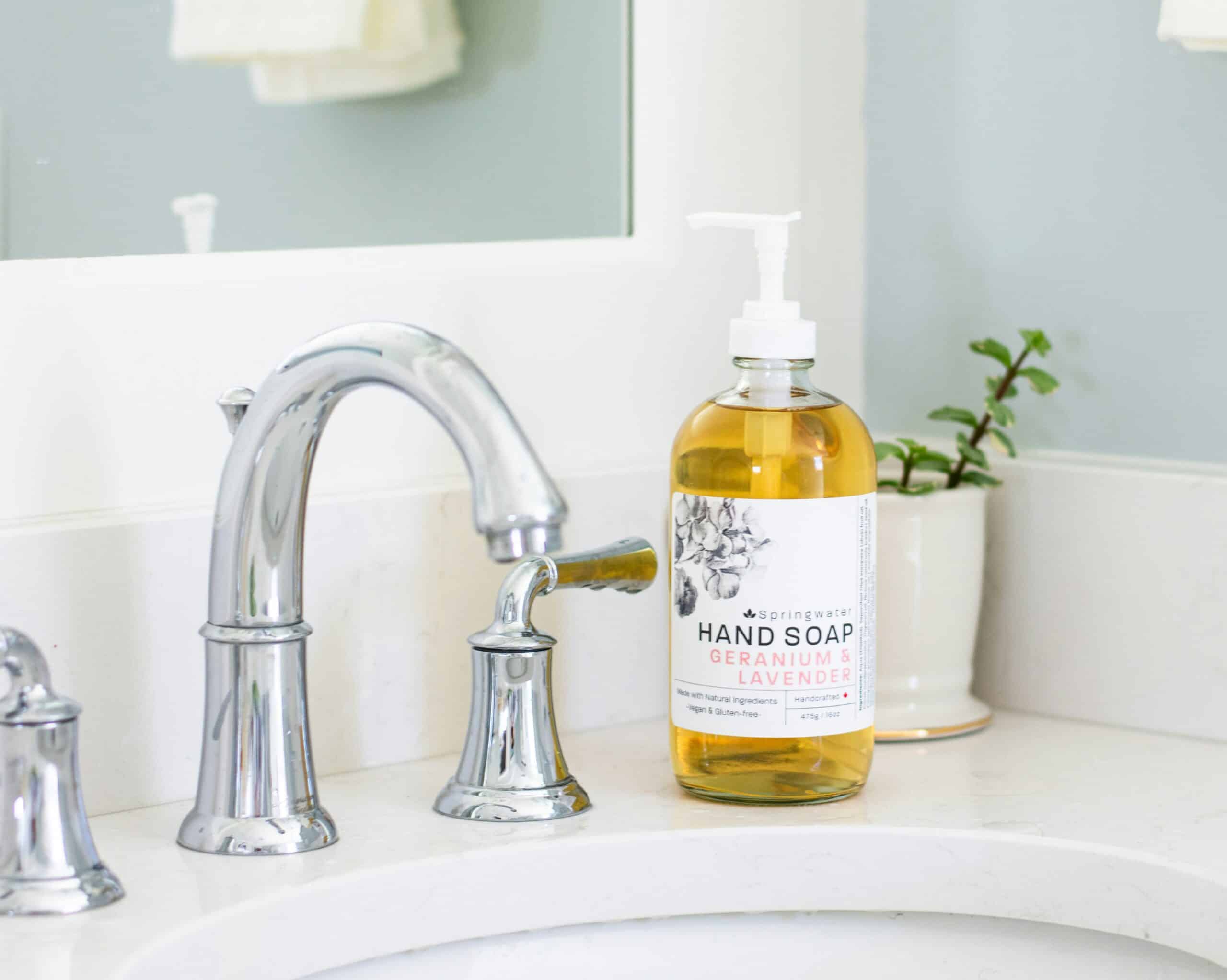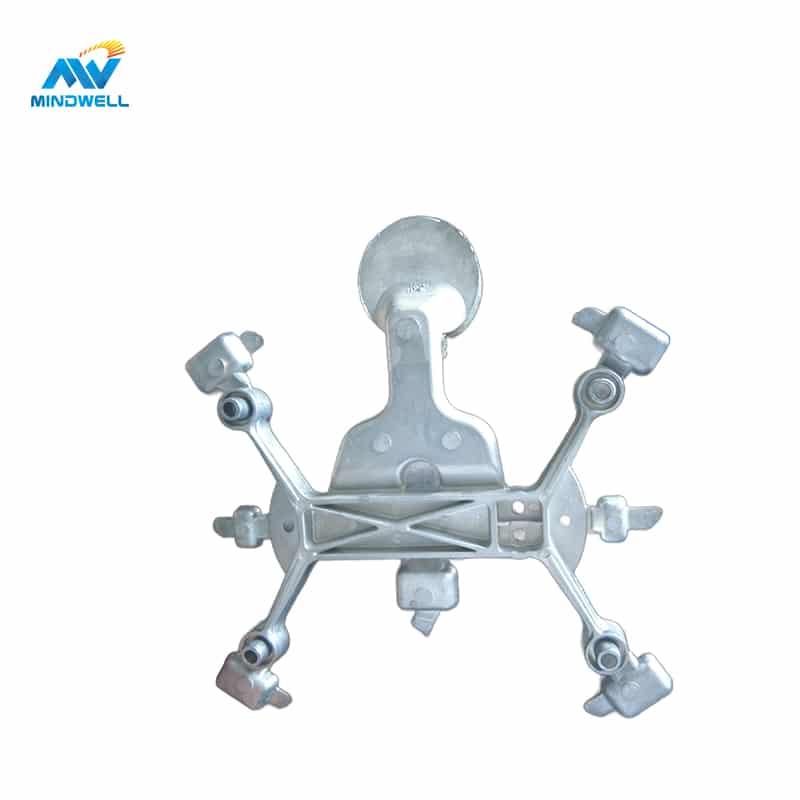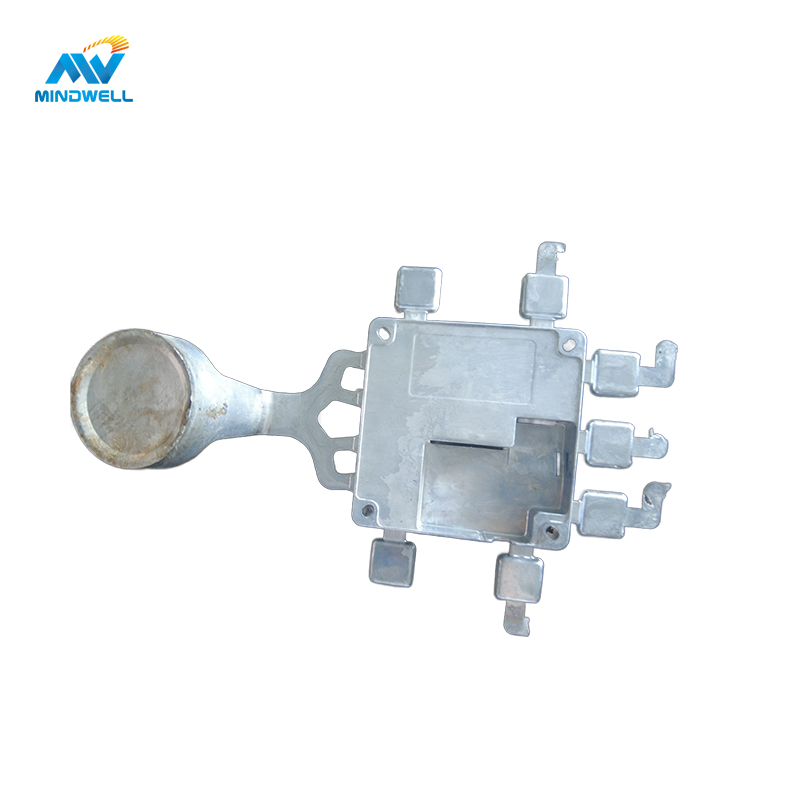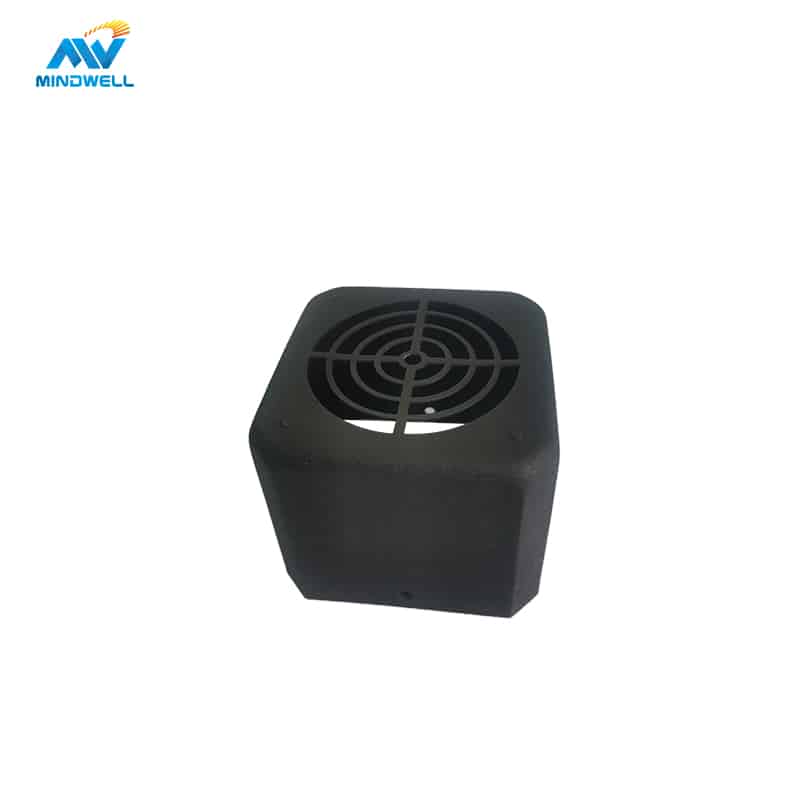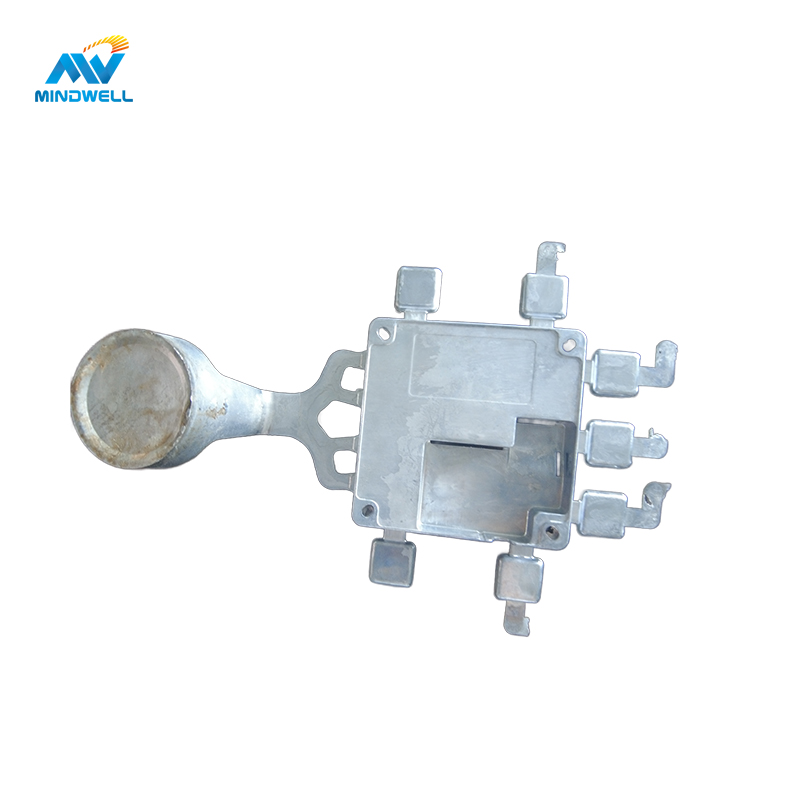The die casting process is an efficient and cost-effective method of producing complex shapes. Forming methods use molten metal or alloys forced into molds under high pressure to create complex die-cast parts with fine details and smooth finishes.
If you are considering die casting for your product design, there are certain guidelines to follow to ensure successful results. Based on years of experience in die casting product design, MindWell engineers share with you the key design considerations that should be kept in mind when designing die castings.
material selection
When it comes to die casting, material selection is critical. The most commonly used materials for die casting are aluminum, magnesium and zinc alloys. Each of these materials has unique properties that make it suitable for specific applications.
For example, aluminum alloys are lightweight and corrosion-resistant, making them ideal for products that require a high strength-to-weight ratio. Zinc alloys, on the other hand, are known for their excellent dimensional stability and good surface finish, making them suitable for parts that require tight tolerances and smooth surfaces.
When selecting materials for your die casting parts, it is important to consider the properties and properties of each material and how they will affect your product performance.
part design
Part design is another key factor to consider when designing for die casting. You should follow standard design guidelines to ensure that your parts can be successfully manufactured and of high quality.
One of the key considerations is designing your part with as little undercut as possible. An undercut is a feature in a part that prevents the part from coming out of the mold. The more undercuts in a part design, the more complex the tooling will be, which increases the cost and time required for production.
Another important design consideration is ensuring that your parts have uniform wall thickness. This will help ensure uniform solidification of the part and reduce the risk of defects such as porosity or shrinkage.
Tooling Design
Die casting molds are an essential part of the production process. It is important to design your tooling with precision and accuracy to ensure your parts are manufactured to the required specifications.
One of the key considerations in mold design is ensuring that the mold is properly vented. Vents are small passages that allow air to escape from the mold as molten metal enters. If the mold is not properly vented, air can become trapped, resulting in defective parts.
Another important consideration is making sure the mold is designed for proper gates and risers. Pouring is the process of controlling the flow of molten metal into a mold. Risers are the process of adding extra metal to the mold to compensate for shrinkage of the part as it solidifies.
em conclusão
Die casting design requires careful consideration of several key factors, including material selection, part design, and mold design. Our company is currently following these guidelines to ensure that customers’ parts are manufactured with high precision and quality, reducing the risk of defects and ensuring that customers’ products perform as expected. If you have product design ideas, welcome to communicate with us.

